This website uses cookies so that we can provide you with the best user experience possible. Cookie information is stored in your browser and performs functions such as recognising you when you return to our website and helping our team to understand which sections of the website you find most interesting and useful.
Kholmy Territorial Community

The Kholmy Community is located in the north of Chernihiv Oblast, 40 kilometres from the border with the Russian aggressor.
Population: 4,504
Men: 2,064
Women: 2,440
Internally displaced persons (IDPs): 465
History
The name comes from the hilly area where the village is located, from the hills and sandstone ridges of the glacial moraine. “Chernihivski Yeparkhialni Vidomosti” calls the Kholmy village a pre-tatar settlement. Under the Muscovites in the 16th century, Kholmy belonged to the Chudynov boyars. Under the Crown of Poland, Kholmy belonged to the Borkowski nobility. Lithuanian commissar and storekeeper Vasyl Borkowski was killed in 1648 during the uprising led by Bohdan Khmelnytskyi.
At the beginning of the seventeenth century, Kholmy consisted of 58 yards, a church, a school, a hospital, a tavern and a distillery of the Chernihiv Cossack colonel Vasyl Dunin-Borkowski. He also owned 100 houses of commoners (there were several houses in one yard). Back then, Kholmy was called a town. After the liquidation of the Ukrainian Cossack state by the Russian Empire in 1797, Kholmy became the volost centre of the Sosnytsia district of Chernihiv province. In Soviet times, Kholmy became a district centre.
During World War II, Kholmy was one of the centres of the Soviet partisan movement. In 1962, a forestry enterprise was founded. In 1958, Kholmy was classified as an urban-type settlement. At the same time, it reached a maximum population of 4,222. On 30 November 1960, the Kholmy district was liquidated. The village was first annexed to Semenivka district, then to Sosnytsia district in 1968, and to Koriukivka district in 1969. In 2017, the Kholmy amalgamated territorial community was established.
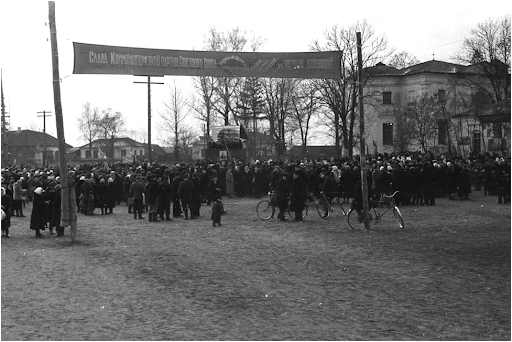
The community has an architectural monument that is more than 100 years old, the building of the Holy Intercession Three-Throne Church of the Nativity of the Blessed Virgin Mary in the village of Zhuklia. Intercession Church (1911-1914) It was built in 1911 at the expense of Zhuklia’s owner Mykola Komstadius. The Intercession Church is the only one of the architectural monuments of national importance in the 20th century that has survived in Chernihiv Oblast.
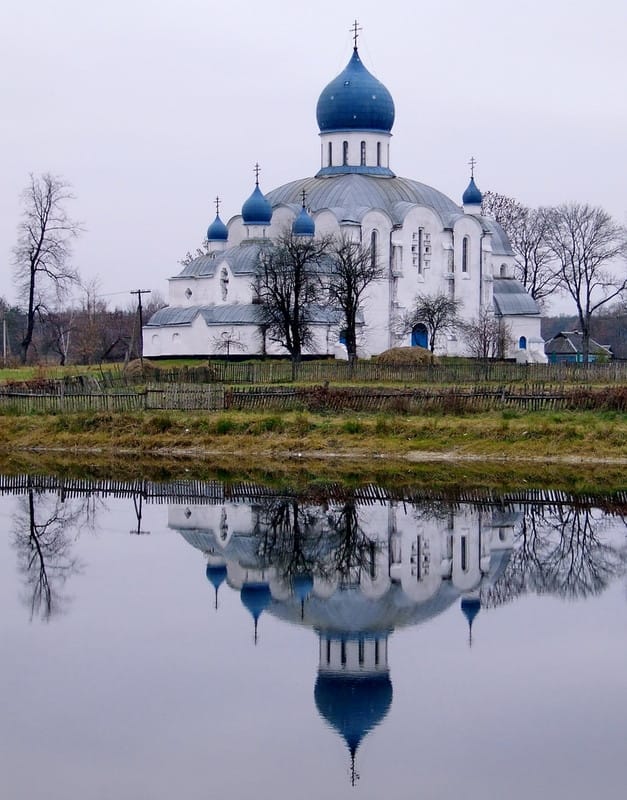
Economy and Welfare
Today, there are several budget-forming enterprises of state and private ownership in the community, including the Koriukivske Forestry Branch of the State Specialized Enterprise “Forests of Ukraine”, the Svitanok woodworking enterprise, and the Orlivka Psychoneurological Boarding School of the Department of Social Protection of the Chernihiv Oblast State Administration.
The only private enterprises that can be distinguished are the land cultivation companies Chervonyi Maiak and Druzhba. The main resources of the community are forests and land.
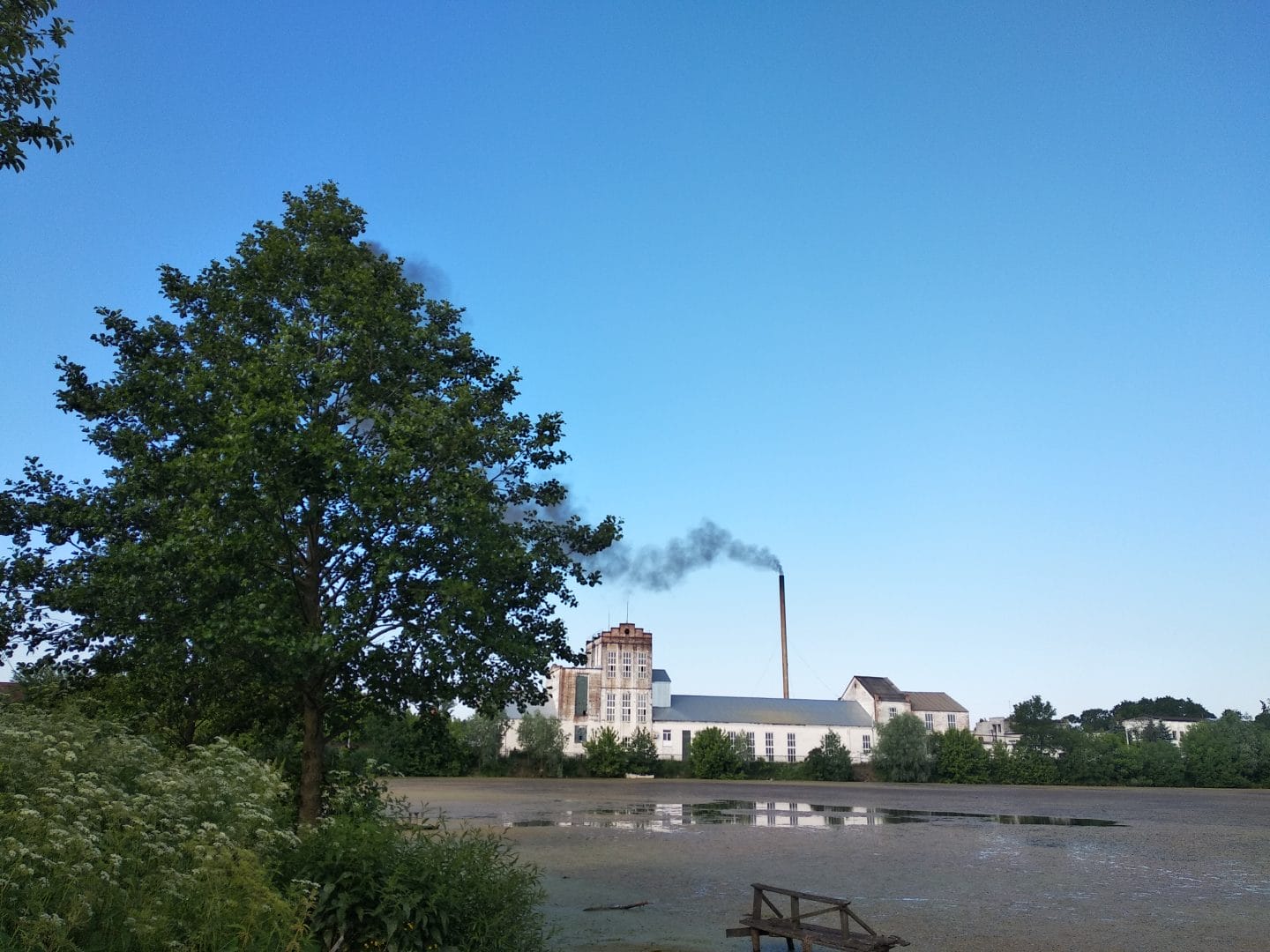
With the support of People in Need, educational institutions are renovating the simplest shelters and providing them with everything they need to ensure a continuous educational process in the community.
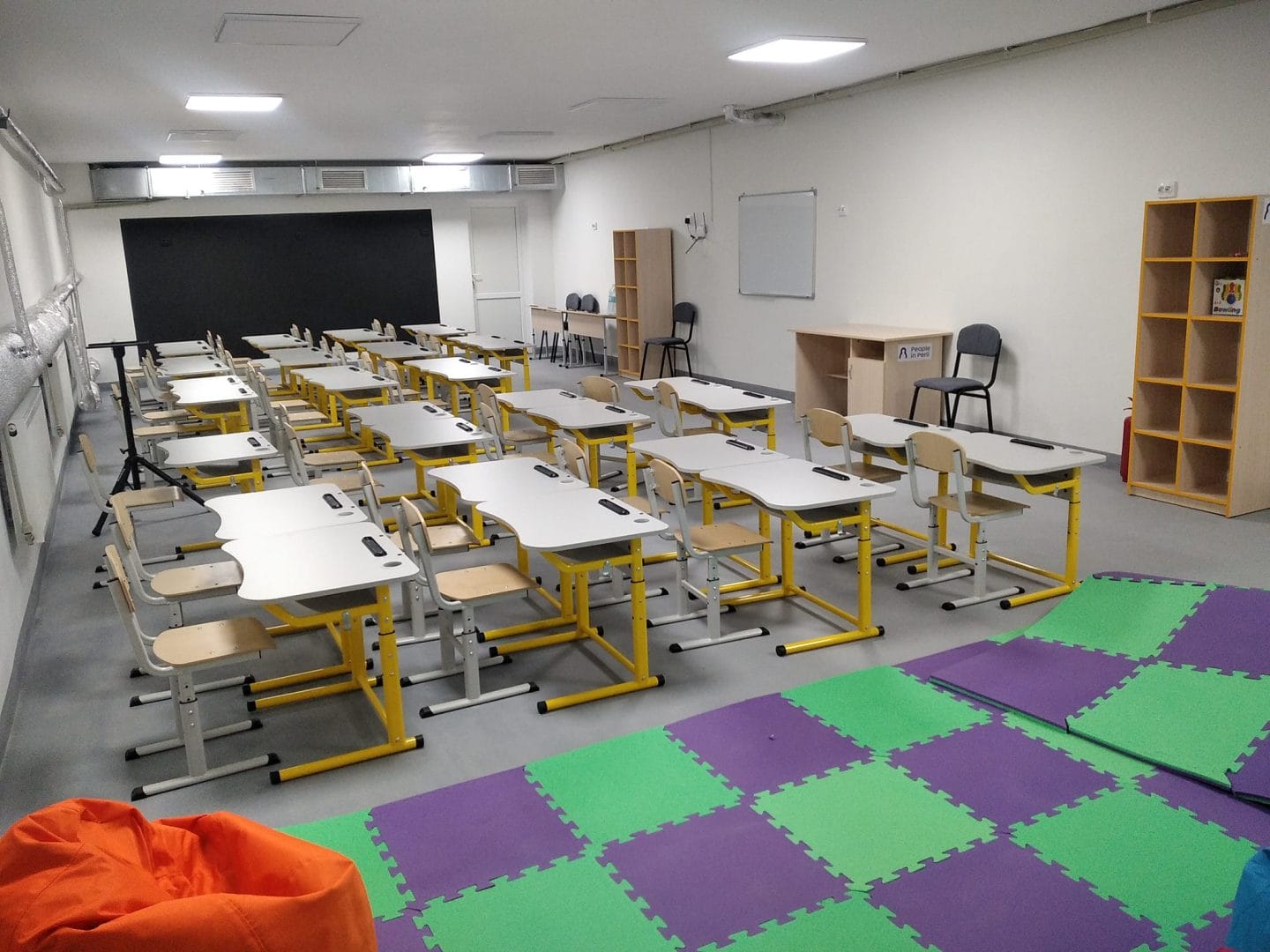
The Community and the War
From the first days of the full-scale invasion of the Russian invaders, the community was completely occupied and cut off from civilization. Local stores were unable to bring in hygiene products and food. Enterprises, institutions and organizations were not working.
Fortunately, there were no civilian casualties and no mined areas were found.
The community is constantly working on the construction of shelters in educational institutions within the limits of the available material reserve and economic situation. During the full-scale invasion, the enemy struck the community several times with drones, destroying 8 houses.
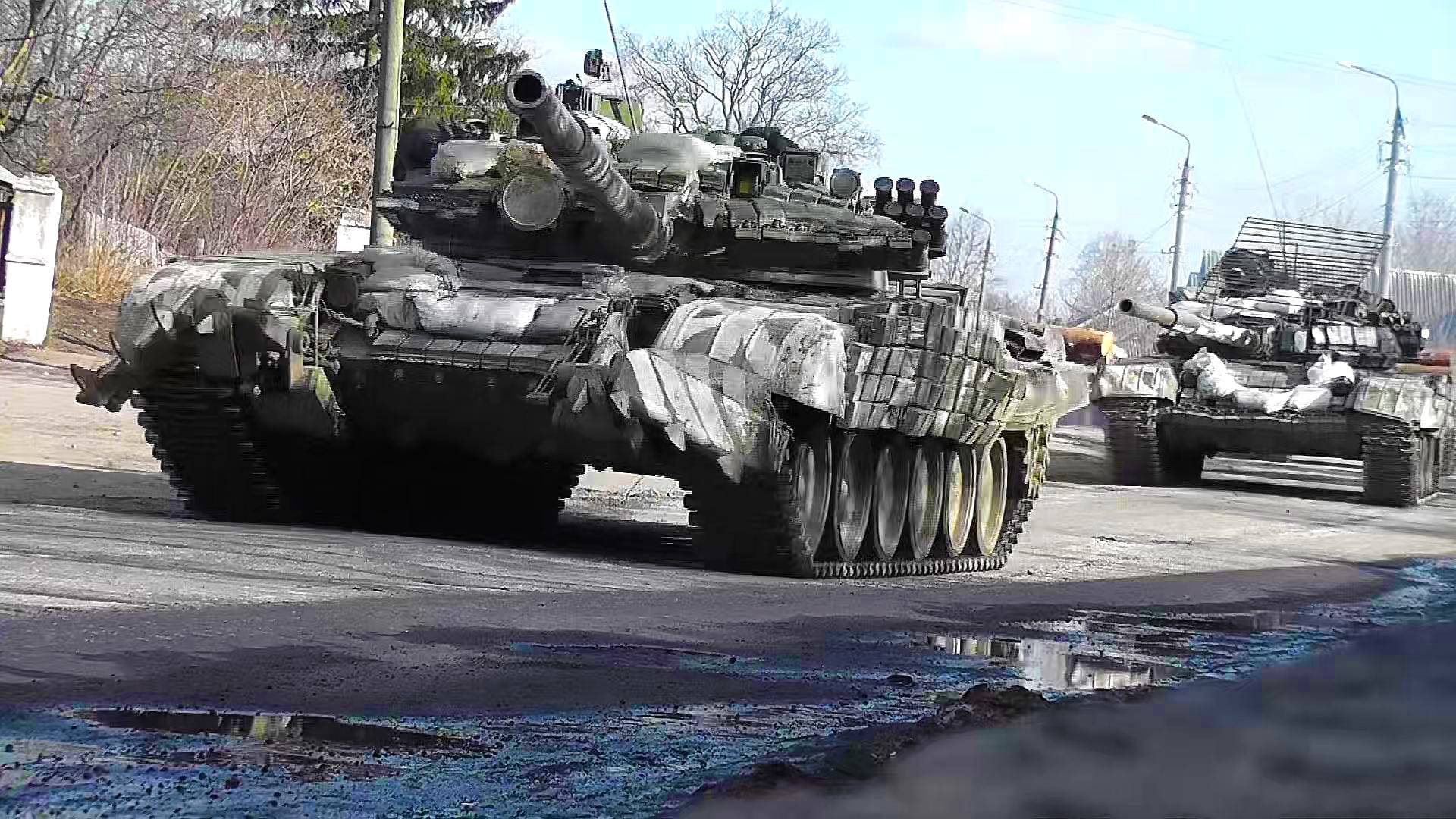
The community has a women’s club “Berehyni” and “Dzherelo Vidrodzhennia” that has been volunteering and supporting the Armed Forces of Ukraine since the beginning of the Russian invasion in 2014. To date, groups of volunteers have been formed in each starosta district of the community to weave camouflage nets on a regular basis.
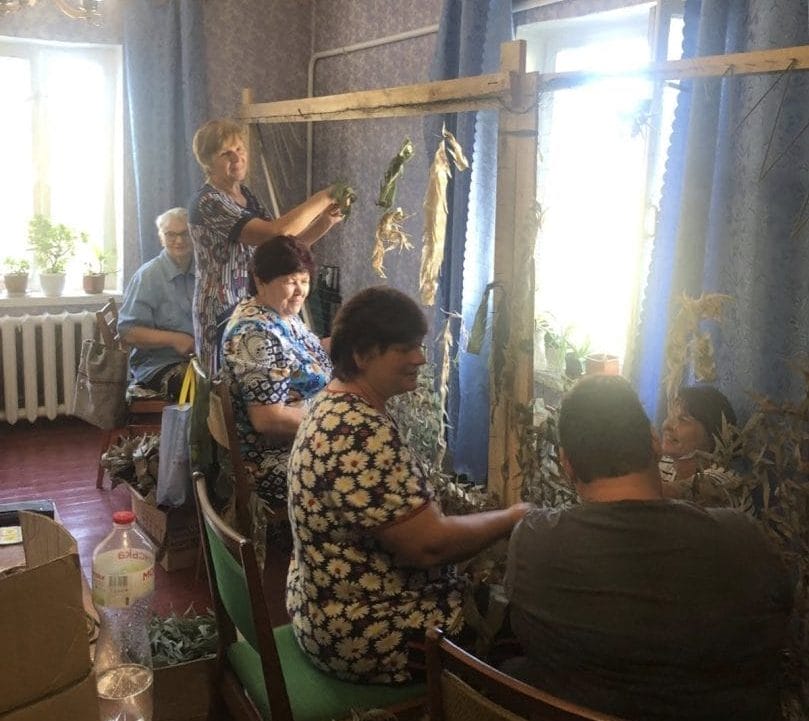
Community People
The community is headed by Vasyl Chebotar, who, together with his team, is doing everything possible to develop the territory and support its residents.
Before the war, the community was actively engaged in improving social infrastructure: schools and kindergartens were renovated, and cultural and educational projects and events were implemented.
During the war, the community mobilized to support internally displaced persons, help the military, and organize humanitarian activities. Volunteers and local residents set up aid centres where everyone can contribute.
Despite the challenges, the community demonstrates resilience and faith in the future.
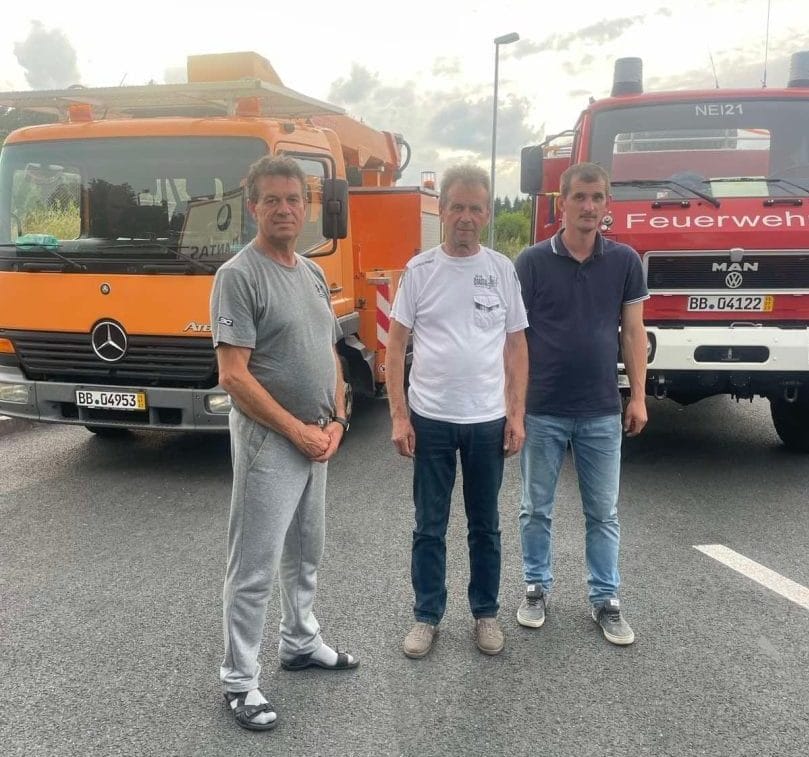
The community has its own dish, which is included in the Regional List of Elements of Intangible Cultural Heritage inherent in Chernihiv Oblast. Derukha, a potato dish, is a traditional local dish.
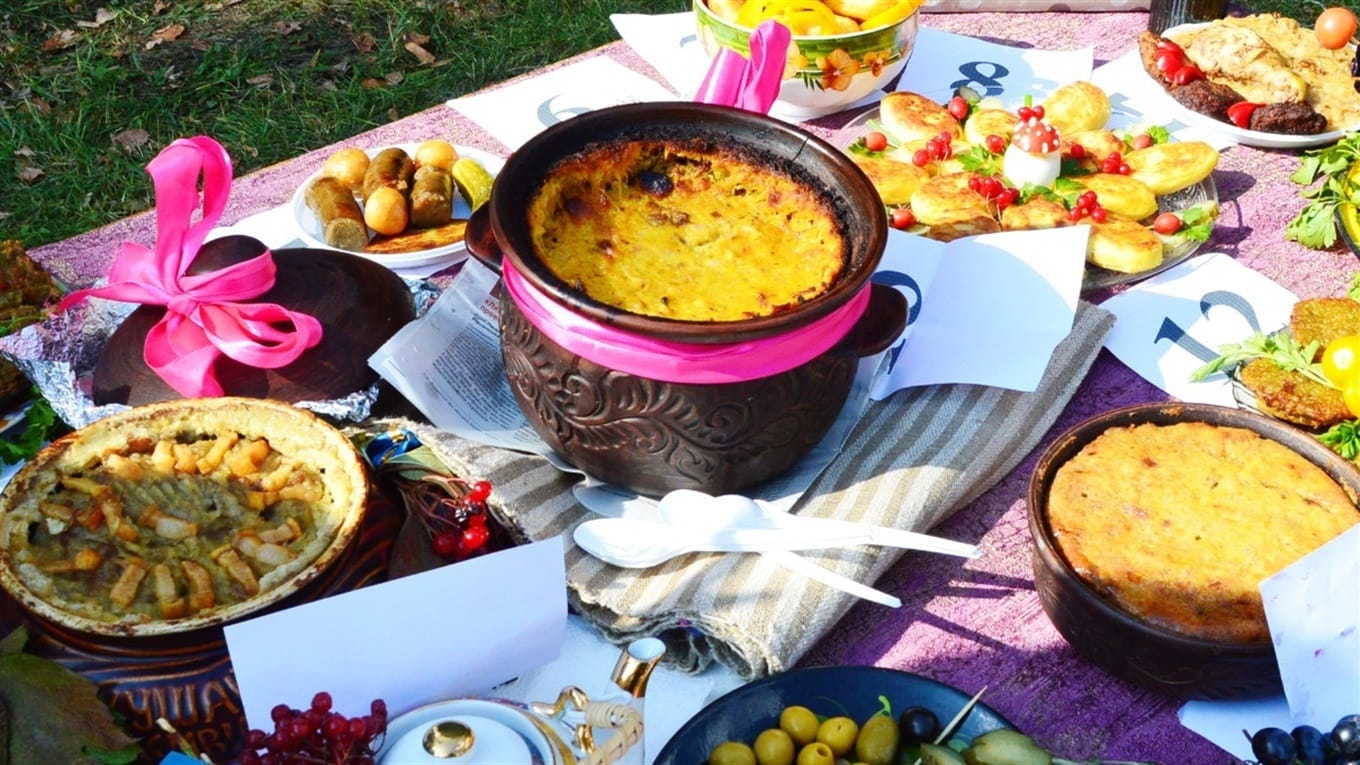
The community is implementing a program to develop physical education and build sports infrastructure. There is a football field, sports facilities, a gym and a shooting range. Various competitions and tournaments have been launched and are held annually.
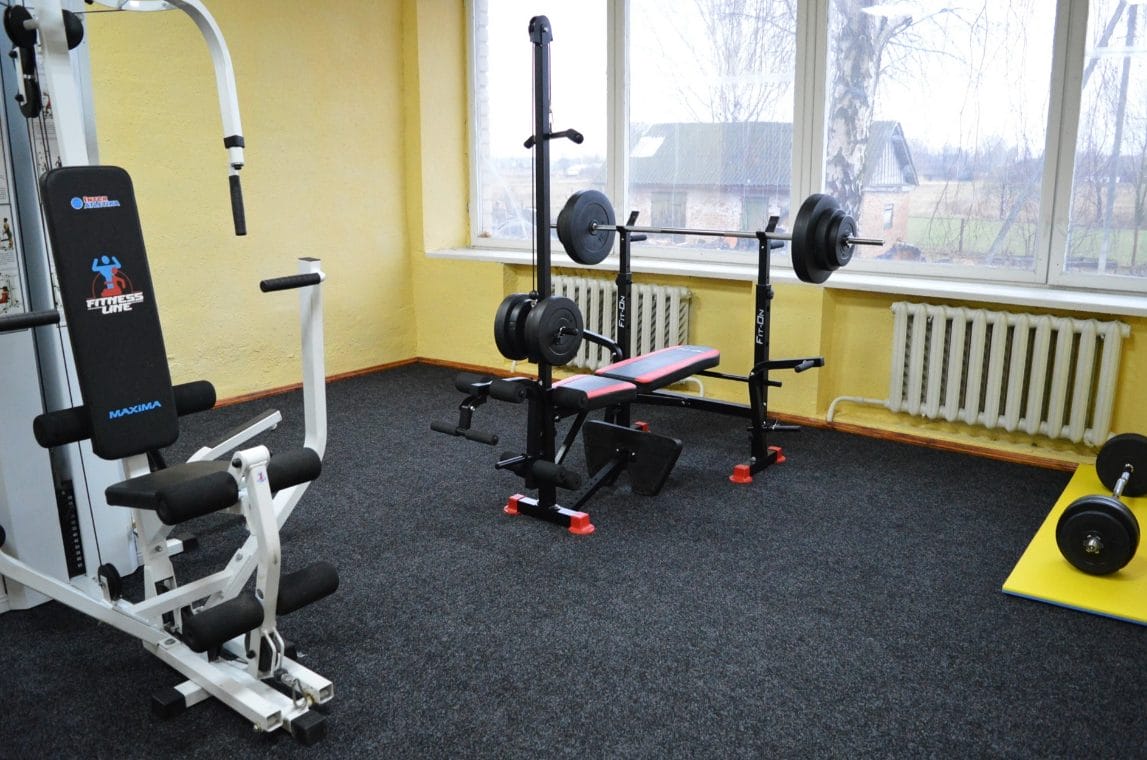
The community residents are actively involved in the development of green areas and take care of nature.
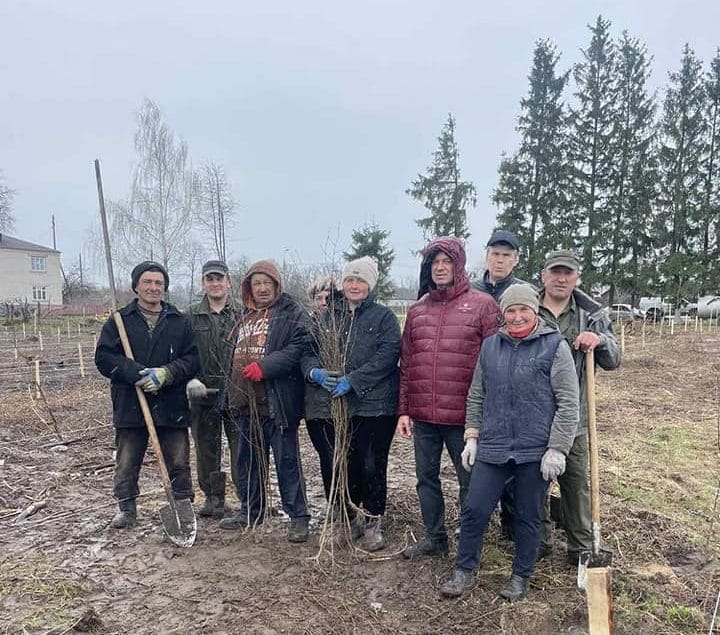
The community and its residents are not indifferent to the affected residents of the region and have repeatedly joined the dismantling of destroyed houses in Novoselivka village, Chernihiv Raion.
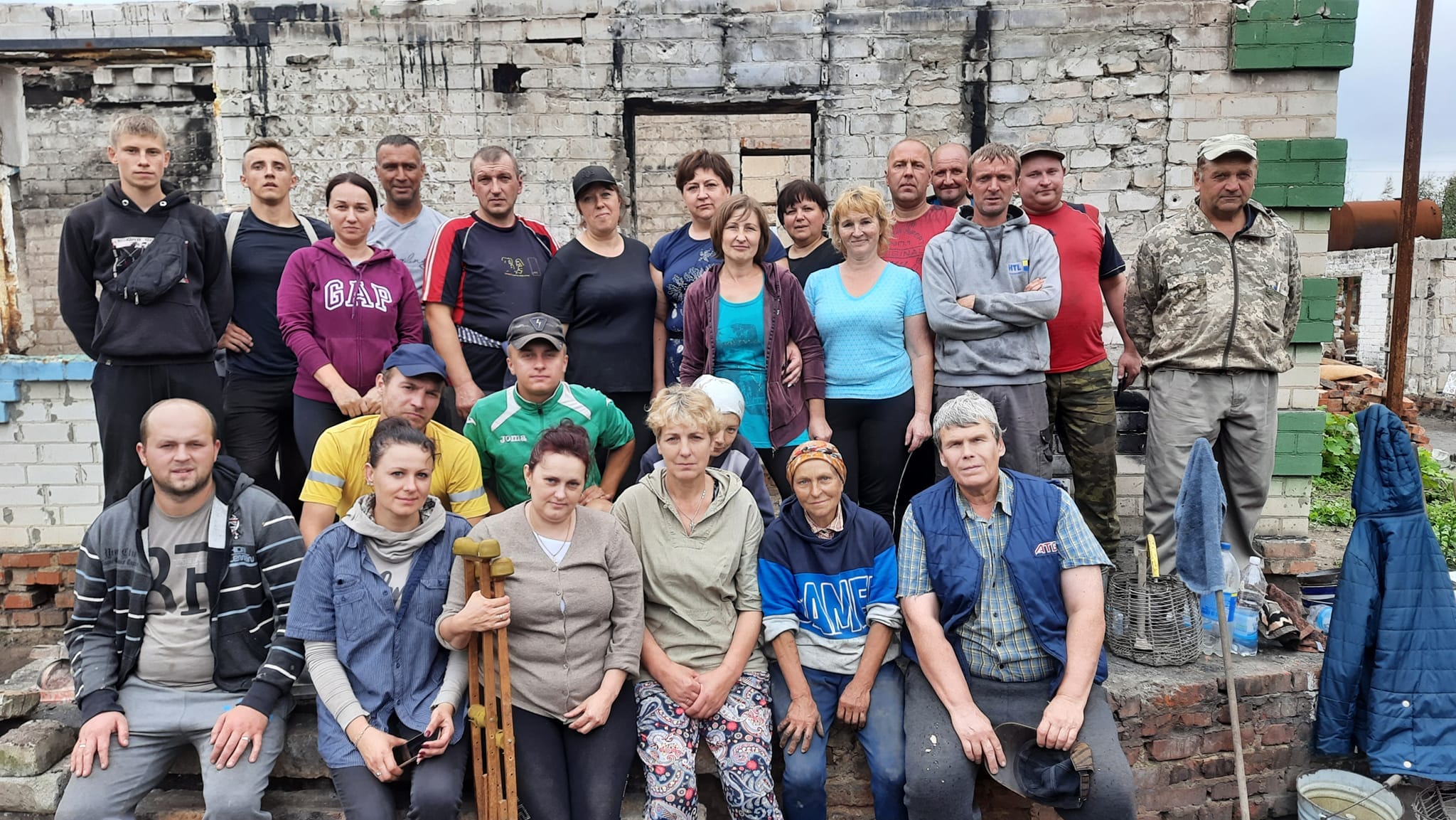
Development Strategy
The Kholmy Community has an approved development strategy for 2020-2027, but it is being updated to meet the needs and requirements of the current war. The Strategic Committee has identified two strategic goals for the community:
1.Developing conditions for local economic growth and modernizing the management system;
- Safe and environmentally friendly community infrastructure that is inclusive and accessible to community members.
The community is working to implement the strategy with the support of donors. Thus, with the support of donors from the Dobrobat Foundation, the windows in the Kolosok kindergarten were replaced with PVC ones.
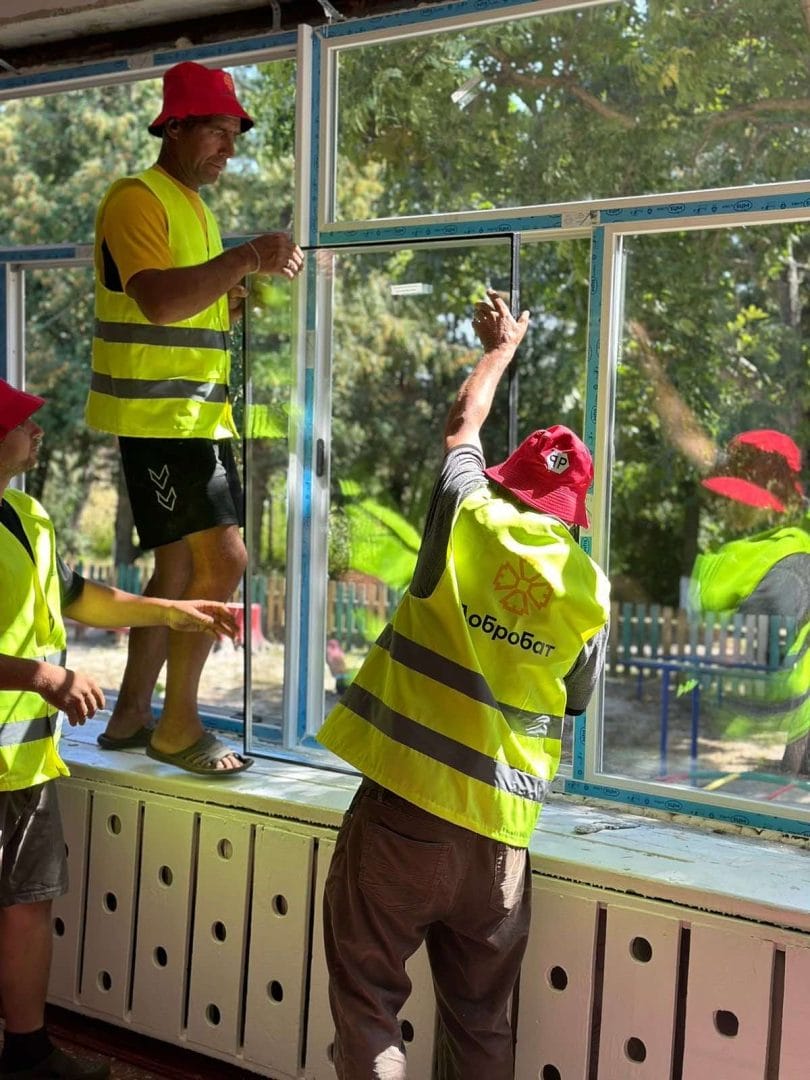
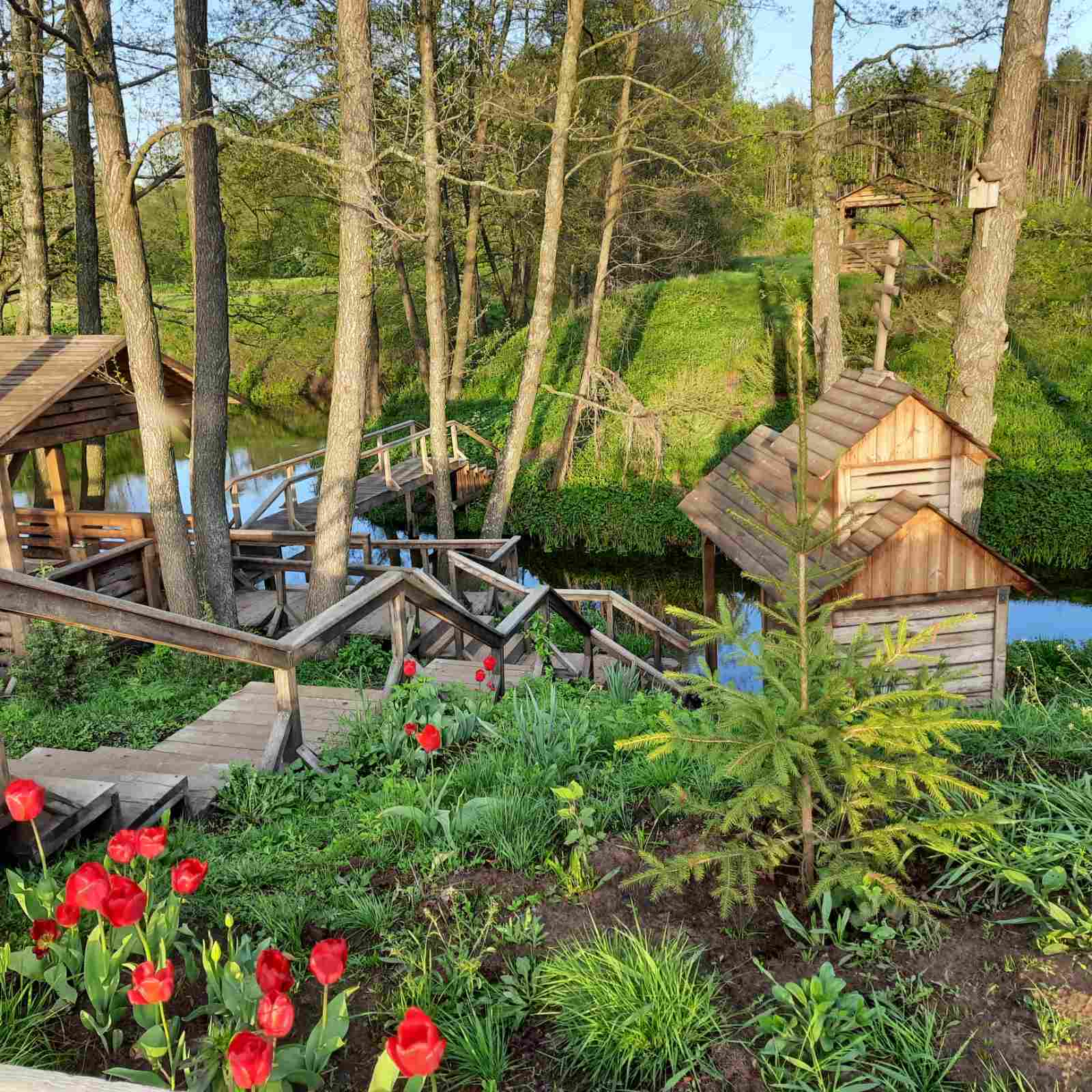
Sources
- Website of the Susidy.City editorial office susidy.city
- Official website of Kholmy Village Council holmsr.gov.ua
- Official Facebook page of Kholmy Village Council facebook.com/holmynska.gromada
- Development Strategy of Kholmy Amalgamatd Territorial Community for 2020-2027
- Facebook page of Kholmy Secondary School of Kholmy Village Council facebook.com
- Alla Hilia’s Facebook pagefacebook.com
- Photos taken on the territory of the community by community residents Oleh Vasylenko, Tetiana Poltoratska, and Volodymyr Demchenko were provided for free use by the executive committee of the Kholmy Village Council
- Website Kholmy. From the Past to the Future kholmy.blogspot.com
